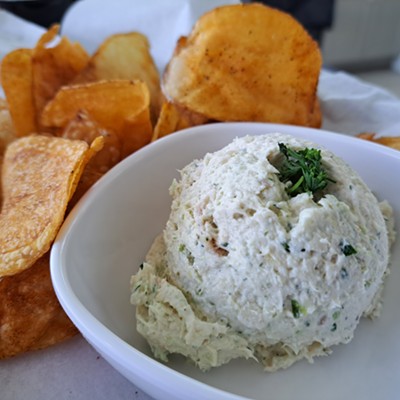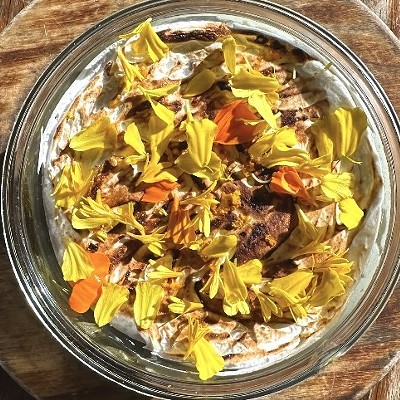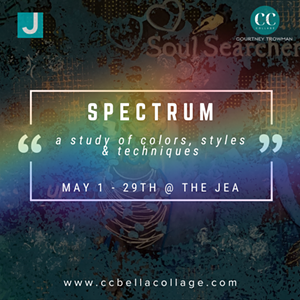Our wine–making friends from down under really propelled the U.S. demand for Sauvignon Blanc with their crisp, citrus–driven styles and low cost bottles.
As welcome as these wines were to the market –– and as refreshing as they can be on a hot, summer day –– my palate has grown weary of the fresh cut grass and grapefruit experience. I want the characteristic of the grape – but seek a Sauv Blanc that’s rounder, more complex and not so mouth–puckering.
Enter Sauv Blanc aged on oak.
It is not a new practice. The late Robert Mondavi tried to tame Sauv Blanc’s aggressiveness in 1968 by oak aging. He dubbed his creation Fume Blanc, an allusion to the French Pouilly Fume. The term is a marketing moniker only – and wine makers are free to use the term – or just refer to their Sauv Blanc as oak aged.
Fast forward to the 21 Century and winery owner Cliff Lede has scored a winner with his oak–age Sauvignon Blanc.
Cliff Lede Sauvignon Blanc 2010 is sourced from a variety of vineyard plots in Napa Valley. Each plot yields grapes that possess individual characteristics – like minerality, acid or complexity – that when blended create this interesting Sauv Blanc. Lede built his reputation on big, award–winning Stag’s Leap District Cabernet Sauvignon, but shows his talent for wine making with this Sauv Blanc.
The wine’s rich character comes from meticulous handling, temperature control and a fascinatingly diverse combination of aging methods. The juice was fermented in 66 percent stainless steel tanks, 26 percent French oak barrels (9 percent new oak, 17 percent neutral oak), 1 percent stainless steel drums, and 7 percent concrete eggs. All fermentations were conducted at cold temperatures to preserve the freshness of the fruit and to build complexity.
Sounds like an OCD wine maker’s dream, huh?
All kidding aside, this kind of handling creates wines that are interesting from first swirl and sniff to the last swallow. This is a rare white wine that will continue to develop in the glass as it oxidizes – and that kind of development is what makes drinking these living beverages such a joy. It’s a big mouthful of beautifully balanced fruit.






























